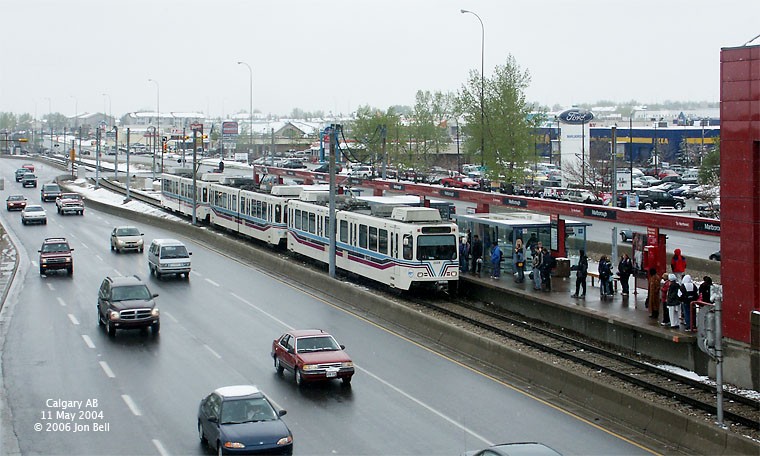toraerach
Active Member
Brussels' premetro is about as conversion-ready as one could get. Here is a schematic of a typical station, showing how the stations, tunnels and ROW are all of the right dimensions to fit metro trains:

This is one of the many stations that have remained premetro after 40 years:

Notice the raised platforms that cover most of the station; the only things that need to be done is to fill in the depressed portions (which happened progressively while trams were still running, until the final fill-in), removing overhead wires, changing the rails and adding third rail (which required closing down the system).
This is as, if not more, conversion-ready as Eglinton would be.
But aren't there subway systems that run off of overhead power instead of a third rail? If the TTC really wanted to make the transition on Eglinton easier, couldn't they just use the same kind of trains as those systems? It would be an orphan technology I guess, but it might be worth looking in to if the demand is ever there.
Even without a conversion to subway technology, if demand on the line increases, would that not be a better case for eventual grade separation of the entire line?







